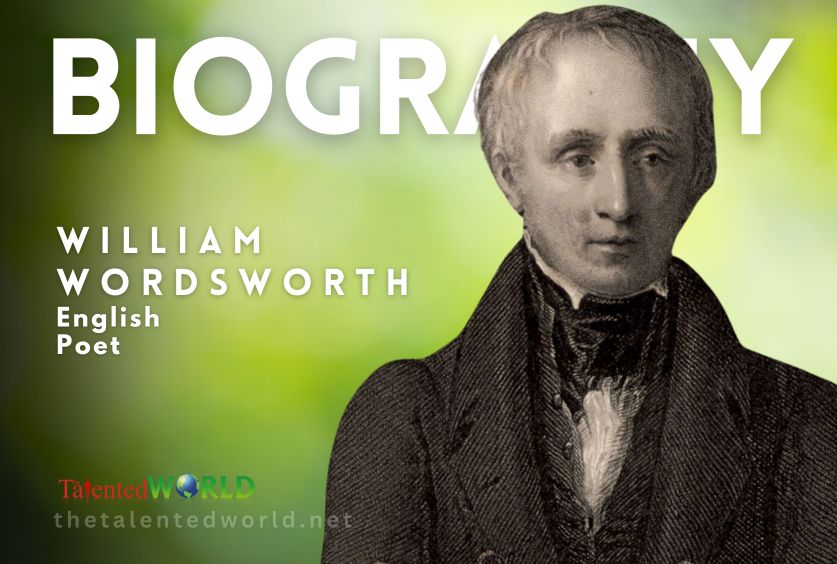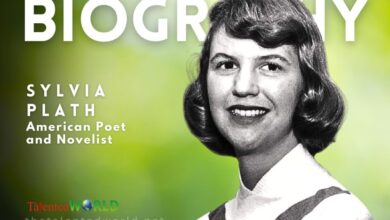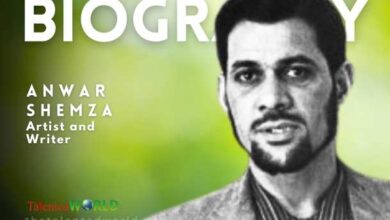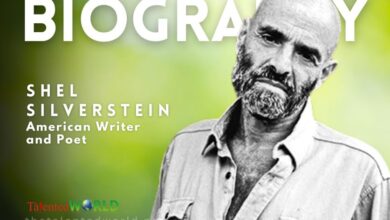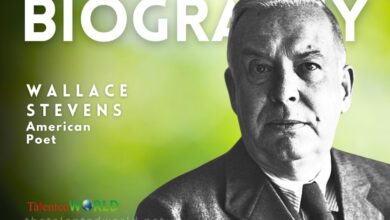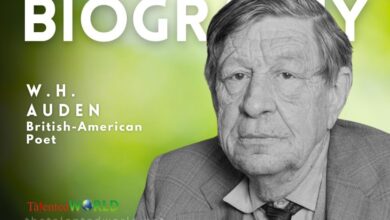| I Wandered Lonely as a Cloud | 1807 |
| The Prelude | 1850 |
| Poems by William Wordsworth | 1845 |
| Lyrical Ballads | 1798 |
| Lines Written a Few Miles Above Tintern Abbey | 1798 |
| The World Is Too Much with Us | 1807 |
| The Solitary Reaper | 1807 |
| Preface to the Lyrical Ballads | 1800 |
| Ode: Intimations of Immortality from Recollections of Early Childhood | 1807 |
| Composed upon Westminster Bridge, September 3, 1802 | 1802 |
| Lucy Gray | 1800 |
| Wordsworth: Poems, | |
| We Are Seven | 1798 |
| To a Butterfly | 1807 |
| The Tables Turned | 1798 |
| She Dwelt among the Untrodden Ways | |
| Michael | 1800 |
| Three years she grew in sun and shower | |
| The Excursion | 1814 |
| Yarrow revisited | 1835 |
| Resolution and Independence | |
| Strange fits of passion have I known | |
| Ode to Duty | 1807 |
| The Major Works | |
| The Lake Poets | |
| The Idiot Boy | 1798 |
| An evening walk | |
| The Ruined Cottage: The Brothers Michael | |
| Poems in Two Volumes | 1807 |
| I travelled among unknown men | |
| The recluse | 1880 |
| Poetical works of Wordsworth | 1826 |
| Sonnets by William Wordsworth | |
| Elegiac Stanzas | |
| The Two-part Prelude (1799) | |
| Lyrical Ballads: With a Few Other Poems | 1798 |
| Descriptive sketches | 1793 |
| W. B. Yeats | |
| Peter Bell | 1819 |
| Trailing Clouds of Glory: Poems | |
| Laodamia | |
| Poor Susan | |
| The White Doe of Rylstone | 1815 |
| William Wordsworth: Selected Poems | |
| Poems | |
| A thrill of pleasure | 2003 |
| William Wordsworth | 1984 |
| The Salisbury Plain poems of William Wordsworth | |
| Poets of Nature: A Meditation on the Human Connection with Earth | |
